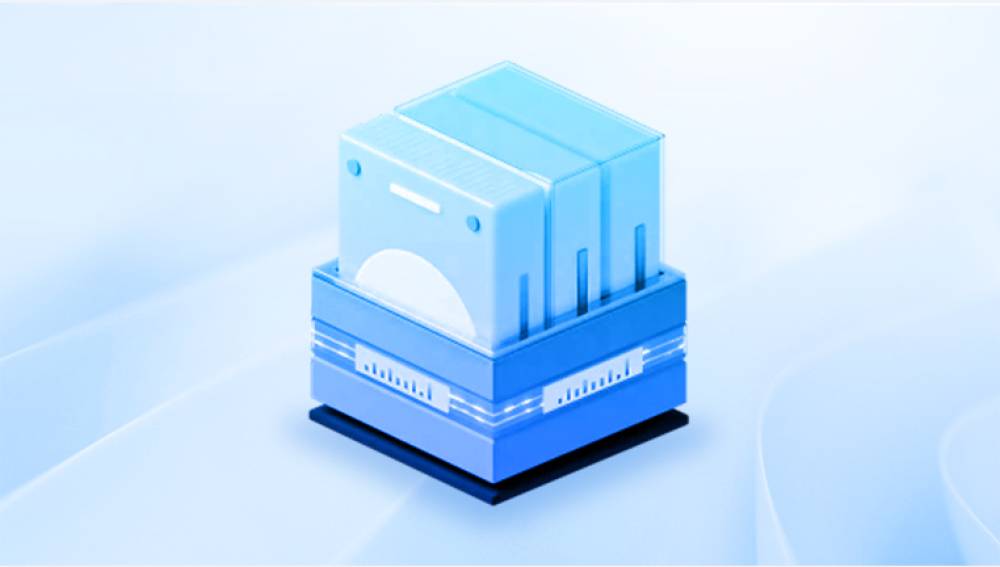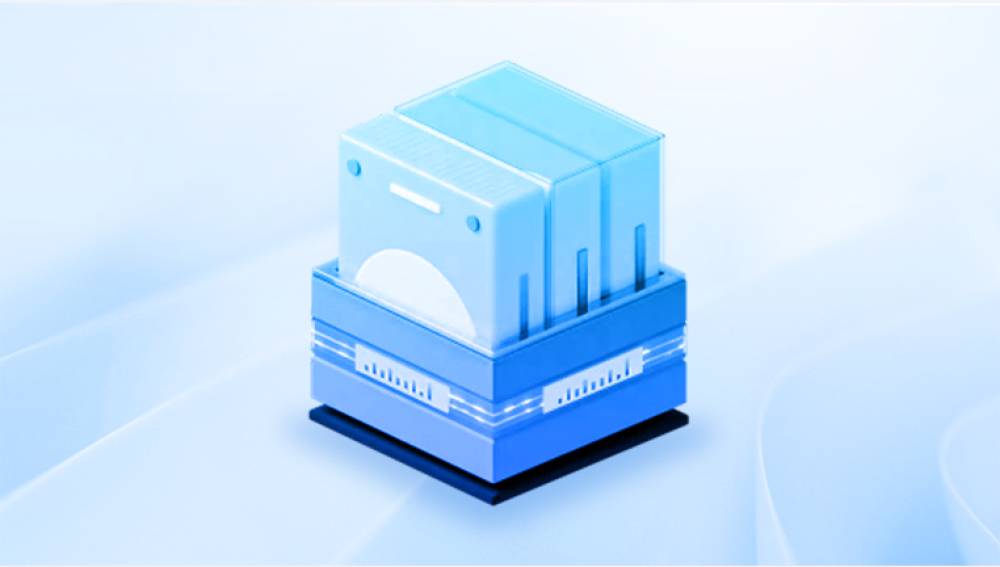Pittsburgh, a city renowned for its innovation, is home to several reputable data recovery service providers.
Part I: Hard Drive Failures
1. The Anatomy of a Hard Drive
Before diving into recovery, it's crucial to understand how a hard drive works. A traditional hard disk drive (HDD) consists of:
Platters: Magnetic disks that store data
Read/write head: Floats above the platter to read/write data
Spindle motor: Spins the platters
Controller board: Interfaces with the computer
Firmware: Embedded code that tells the drive how to function
These components can fail independently or simultaneously, causing varying levels of data loss.

2. Common Causes of Hard Drive Failures
Mechanical Failure
Mechanical issues often result from wear and tear, manufacturing defects, or physical shocks. Symptoms include:
Clicking or grinding noises
Drive not spinning
Drive not recognized by the computer
Logical Failure
This type involves software issues rather than hardware. It includes:
File system corruption
Accidental deletion or formatting
Malware or ransomware attacks
Electrical Failure
Power surges, faulty USB ports, or motherboard problems can fry the circuit board of a hard drive, making it inoperable.
Firmware Corruption
If the drive's internal code becomes corrupted, it might spin up but not be recognized, leading to inaccessible data.
Human Error
Accidental formatting, deletion, or improper handling of drives can also lead to data loss.
Part II: Recognizing the Signs of a Failing Drive
Catching problems early can increase the chances of recovery. Here are some telltale signs that your hard drive might be in trouble:
Sluggish performance and long file access times
Frequent system crashes or blue screens
Files disappearing or becoming corrupted
The system fails to boot and displays “no bootable device”
Unusual sounds such as clicking, whirring, or grinding
If you experience any of these issues, stop using the drive immediately to prevent further damage.
Part III: Types of Data Recovery
Data recovery isn’t a one-size-fits-all process. It depends on the nature and extent of the damage. Here are the most common methods:
1. Software-Based Recovery
For logical errors or accidental deletions, software solutions like TestDisk, Recuva, or commercial programs may help recover data—provided the drive is still readable.
2. Hardware Repair and Imaging
In cases of mechanical failure, professionals may need to replace failed components and create a sector-by-sector clone of the drive in a cleanroom environment.
3. Forensic Recovery
For critical or legally sensitive data, specialized forensic tools are used to extract data while preserving its integrity for court or compliance purposes.
4. RAID and Server Recovery
Businesses often run RAID configurations for redundancy. If these systems fail, specialized RAID recovery services are required to reconstruct and retrieve the data.
Part IV: Professional Data Recovery in Pittsburgh
Why Choose a Local Recovery Service?
Opting for a local data recovery provider has several benefits:
Faster turnaround times
Easier communication
Local drop-off/pick-up options
Lower shipping risks
Pittsburgh offers a diverse selection of recovery experts, from boutique specialists to nationally-affiliated labs.
Top Pittsburgh Data Recovery Services
1. Pittsburgh Data Recovery Lab
Known for high success rates and cleanroom environments, this lab offers:
Free diagnostics
No-recovery-no-fee policy
24–72-hour turnaround options
RAID, SSD, and mobile device recovery
2. Secure Data Recovery Pittsburgh Office
A nationwide provider with a local branch in Pittsburgh, offering:
Class 10 ISO 4 cleanroom
24/7 emergency services
Government-certified security protocols
Full support for encrypted drives
3. Keystone Data Recovery
Local expertise with personalized service, Keystone is a great choice for personal and SMB clients. Features include:
Free evaluation
Affordable pricing tiers
Drop-off and shipping options
4. RESCUECOM Pittsburgh
More of an all-purpose tech service provider, RESCUECOM offers data recovery alongside general computer repairs.
Things to Look for in a Recovery Service
Cleanroom Certification: For physical repairs, a cleanroom is essential to prevent contamination.
Free Diagnostic Evaluation: A reputable company should assess your drive without charging.
Security & Confidentiality: Choose providers who adhere to data privacy laws.
Experience: Look for businesses with strong reviews and years in the industry.
Transparency: Avoid providers that make vague promises or charge hidden fees.
Part V: The Recovery Process Step-by-Step
Step 1: Diagnosis
Most services begin with an initial assessment. You'll bring in or ship your drive. Technicians determine the type and severity of damage.
Step 2: Quotation
You'll receive a quote based on the complexity of recovery. Some providers offer tiered pricing depending on the issue (e.g., logical vs. mechanical).
Step 3: Recovery Attempt
Depending on the problem, technicians use software tools, specialized hardware, or cleanroom equipment to attempt data retrieval.
Step 4: Data Review
Recovered files are previewed with the client for approval.
Step 5: Delivery
Once confirmed, the data is transferred to a new drive or delivered digitally via secure download.
Part VI: Costs of Hard Drive Recovery in Pittsburgh
Note: Always get a written quote before approving recovery work.
Part VII: DIY Recovery – When and When Not to Try
When It’s Safe:
Accidental deletion or formatting
File system errors
Drive is still readable and showing up in Disk Management
When to Avoid DIY:
Clicking or grinding noises
Drive isn’t recognized at all
Important or irreplaceable data
Liquid or fire damage
Using consumer software on a failing drive can make things worse. If the data is critical, it’s safer to go straight to the pros.
Part VIII: Preventing Future Data Loss
Data loss is often preventable. Here’s how you can safeguard your digital assets:
1. Implement a Backup Strategy
Follow the 3-2-1 rule:
3 total copies of your data
2 stored on different media (e.g., external drive + computer)
1 stored off-site (e.g., cloud backup)
2. Use Reliable Storage Devices
Invest in reputable brands with strong performance records. Avoid generic or no-name drives.
3. Handle Drives Carefully
Don’t move external drives while they’re spinning. Keep them in dry, cool places and avoid power surges.
4. Run Antivirus Software
Malware can cause logical corruption or even encrypt your data. A strong antivirus solution can prevent this.
5. Monitor Drive Health
Use tools like CrystalDiskInfo or manufacturer software to monitor SMART data and preemptively replace failing drives.
Part IX: Industry Trends and Innovations
The data recovery industry is evolving. Here are some advancements relevant to Pittsburgh's tech-savvy audience:
1. AI-Assisted Recovery Tools
Machine learning is being used to reconstruct corrupted data with higher accuracy than ever before.
2. SSD and NVMe Recovery
With more users switching to solid-state storage, recovery tools and techniques are adapting rapidly to handle non-mechanical drives.
3. Blockchain-Based Backup Solutions
Decentralized backups using blockchain tech offer enhanced data security and integrity verification.
4. Emergency Recovery Apps
Some services now offer mobile apps for emergency diagnosis and remote assistance.




